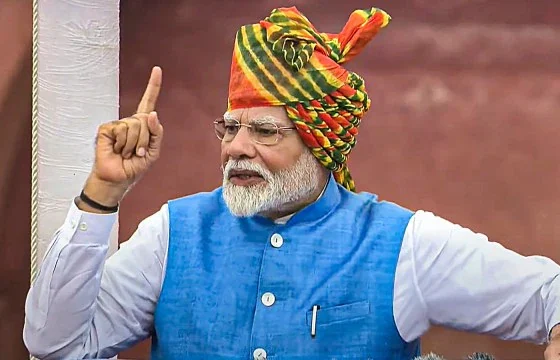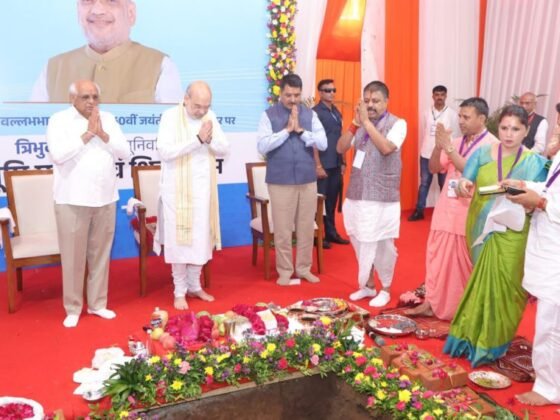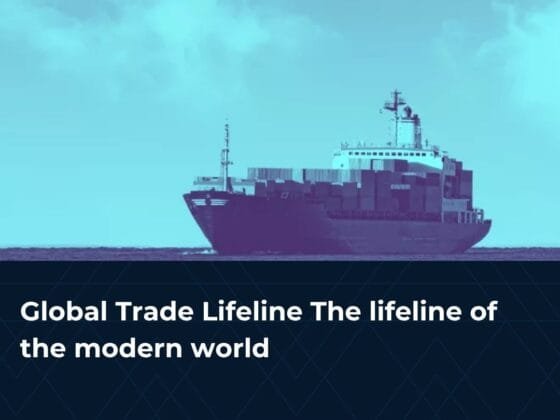A tariff showdown with the United States would test India’s economic resilience and diplomatic agility—but it’s not a one-way street. New Delhi has levers across diplomacy, trade law, supply chains, and domestic reform to blunt the shock, protect exporters, and even turn pressure into long-term advantage. The smartest path isn’t tit-for-tat escalation; it’s calibrated negotiation backed by credible options: WTO recourse, targeted retaliation, market diversification, and a faster push on high-value manufacturing. Done right, India can defend jobs and growth, keep strategic ties intact, and signal to global investors that it’s a reliable, rules-based partner—not a passive target.
1. Diplomatic Engagement and Negotiations
India should prioritize diplomatic channels and multilateral platforms to address the dispute and highlight mutual benefits:
- Engaging in WTO Dispute Resolution
- File disputes at the World Trade Organization against unjust tariffs.
- Rally support from similarly impacted countries.
- Leveraging Bilateral Dialogues
- Initiate high-level discussions with the US administration, emphasizing shared interests and interdependency.
- Highlight India’s strategic partnership with the US in sectors such as defense, security, and technology.
- Joint Economic Forums
- Use platforms like the Quad, G20, and Indo-Pacific forums to emphasize cooperative rather than confrontational economic policies.
2. Reciprocal Tariffs and Targeted Retaliation
If diplomacy fails, calibrated retaliatory tariffs could be imposed to convey a strong message without escalating tensions excessively:
- Strategic Tariff Targeting
- Identify American imports where India is a significant market (e.g., agricultural products like almonds, apples, walnuts, and poultry).
- Impose reciprocal tariffs, ensuring minimal negative impact on Indian consumers.
- Sector-Specific Retaliation
- Choose sectors with political significance in the US (e.g., agriculture and manufacturing from politically crucial US states).
- Review and Adjust Regularly
- Frequently reassess tariffs to keep the negotiation window open.
3. Trade Diversification and New Partnerships
Reducing reliance on US markets and expanding alternative trade routes:
- Deepening Ties with Alternative Markets
- Enhance economic cooperation with the EU, UK, ASEAN, Japan, Australia, and Gulf countries.
- Accelerate negotiations on pending trade agreements (EU-India FTA, India-GCC FTA, India-UK FTA).
- Strengthening BRICS Cooperation
- Expand economic ties with BRICS members (Brazil, Russia, China, South Africa) for diversified export-import relationships.
- New Economic Corridors
- Explore routes like the International North-South Transport Corridor (INSTC) to facilitate trade with Russia and Central Asia.
4. Boosting Domestic Economy and Production
Enhancing economic resilience by internal policy reforms:
- Self-Reliance (Atmanirbhar Bharat Initiative)
- Accelerate domestic production capabilities and reduce import dependency, particularly in electronics, pharmaceuticals, agriculture, defense, and critical minerals.
- Production-Linked Incentive (PLI) Schemes
- Expand incentives and subsidies for domestic manufacturing in key sectors like electronics, automobiles, renewable energy, and pharmaceuticals.
- Easing Business Regulations
- Simplify taxation, labor laws, and investment procedures to attract more global investments and ease the trade deficit impact.
5. Leveraging Technology and Services Export
India has significant leverage in technology and services, sectors crucial to US industries:
- Strengthening India’s IT Dominance
- Use India’s dominant position in software and IT-enabled services as leverage in negotiations.
- Visa and Skilled Workforce Diplomacy
- Negotiate visa relaxations for Indian professionals as a condition to ease tariff tensions.
6. Coalition and International Alliances
Forming global alliances to address unilateral tariff actions:
- Building Alliances with Affected Countries
- Form coalitions with nations facing similar US tariff pressures (e.g., EU, Canada, Mexico, South Korea, Brazil).
- Coordinate joint responses or WTO actions.
- Advocacy for Multilateralism
- Promote international forums advocating fair trade practices and multilateral trade rules to discourage unilateral US actions.
7. Currency and Financial Management
Mitigate tariff impacts through financial and currency strategies:
- Rupee Trade Settlement Mechanisms
- Accelerate international rupee trade settlements to reduce dollar dependency.
- Currency Stabilization Measures
- Ensure rupee stability and manage foreign reserves effectively to protect the economy from trade volatility.
8. Public Diplomacy and Domestic Narratives
- Strategic Public Messaging
- Highlight domestically and internationally the potentially harmful impacts of US tariffs on both economies.
- Engage Indian diaspora in the US to lobby for India’s interests.
- Domestic Economic Messaging
- Prepare the public for possible short-term impacts through clear government communication, emphasizing long-term benefits.
Real Examples & Historical Context
- India previously retaliated against US tariffs on steel and aluminum under the Trump administration by imposing tariffs on American agricultural goods (2019).
- The Modi government’s “Make in India” and “Atmanirbhar Bharat” initiatives directly aim to counter potential trade dependency risks.
Strategic Recommendations (in Bullet Points)
- Immediate:
- Diplomatic talks and negotiations.
- Selective reciprocal tariffs.
- Short-Term (6-12 months):
- Accelerate FTA negotiations.
- Expand PLI schemes across sectors.
- Medium-Term (1-3 years):
- Build robust trade relationships beyond US/EU markets.
- Invest heavily in domestic manufacturing and self-sufficiency.
- Long-Term (3+ years):
- Diversify India’s currency reserves.
- Establish stronger, diversified export markets and supply chains.
Conclusion
India’s response to a potential US tariff war should strategically balance assertiveness with pragmatism. The focus should remain on diplomatic solutions while proactively building economic resilience through diversification, reciprocal measures, self-reliance initiatives, and multilateral advocacy.

 Add to favorites
Add to favorites








